
views
Seeking Medical Treatment
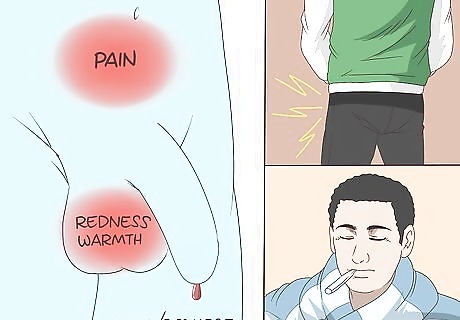
Watch for symptoms of epididymitis. Symptoms of epididymitis come on gradually over 1 to 2 days and include pain and swelling of the scrotum, usually on only one side. The pain in your scrotum may be relieved by lifting it up. Other symptoms of epididymitis may include: Redness and warmth in your scrotum Pain when you urinate or a frequent urge to urinate Discharge coming from the tip of your penis Pain low in your abdomen or pelvis Blood in your semen Fever (uncommon)
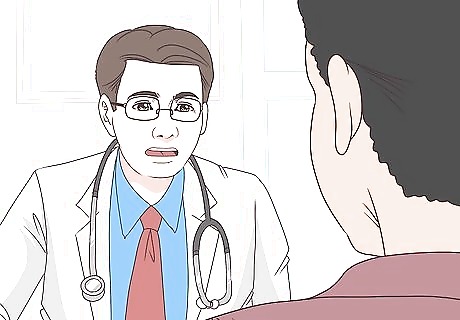
Make an appointment to see your doctor and get a diagnosis. If you have symptoms of epididymitis, call your doctor’s office for an appointment right away or visit a free clinic in your area. Your doctor will need to swab your penis to check you for gonorrhea or chlamydia, which are common causes of epididymitis. You’ll also need to have urine and blood tests and an ultrasound to rule out testicular torsion.Warning: Although it’s rare, testicular torsion is a medical emergency that requires immediate treatment or you could experience permanent damage to your testicles. Signs may include asymmetrically high riding testes, testicular swelling, and absence of cremasteric reflex, which your doctor can check by pinching or stroking your thigh and observing your testes. See a doctor immediately if you’re having symptoms of epididymitis.
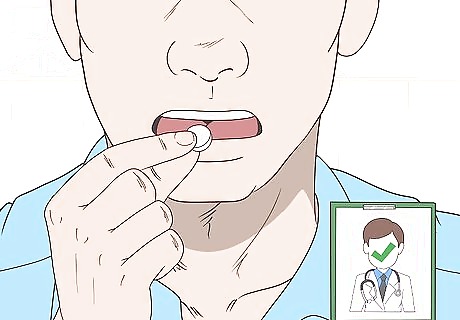
Take antibiotics as instructed if your doctor prescribes them. Epididymitis may be caused by an infection, an autoimmune condition, or trauma. If a urine test or culture confirms that your epididymitis was caused by an infection, they will likely prescribe antibiotics to treat it. Your symptoms should improve within 2 to 3 days after starting the antibiotics, but make sure to continue taking them until you finish the course. Otherwise, the infection may come back and the antibiotics may not work as well in the future. A single intramuscular dose of ceftriaxone 250 mg and a twice daily 100 mg dose of oral doxycycline for 10 days is the recommended treatment for sexually active men ages 14 to 35. Men who have a stronger infection or who practice anal intercourse may need a 250 mg injection of ceftriaxone along with a stronger antibiotic, such as 500 mg of levofloxacin or 300 mg of ofloxacin once daily for 10 days. Men over the age of 35 only need 500 mg of levofloxacin or 300 mg of ofloxacin once daily for 10 days.
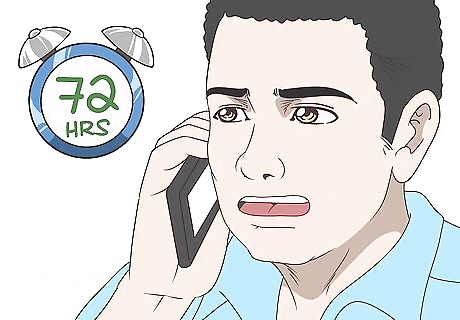
Call your doctor if your symptoms do not improve within 72 hours. If you don’t start feeling better within 72 hours of your first dose of antibiotics, call your doctor. This may indicate that you need stronger medication to treat the infection or that there’s another problem that requires treatment.Warning: Do not wait to see if your condition improves if you’re still feeling unwell after 72 hours. Epididymitis can cause an abscess (pus filled sac) in your scrotum and may even cause the scrotum to burst open if it worsens. This can lead to infertility, so prompt treatment is crucial.
Relieving Pain and Discomfort
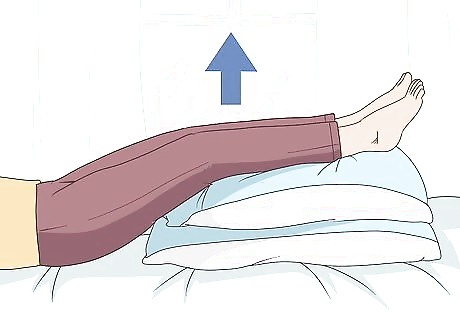
Rest with your legs elevated. Lie down on a couch or bed with your legs propped up on a couple of pillows. This will help to improve the blood flow to your scrotum and reduce swelling. You can also elevate your legs by sitting in a recliner or chair with an ottoman.
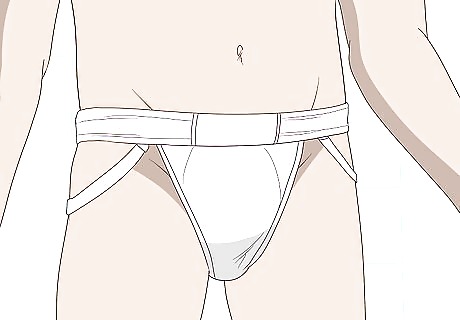
Wear an athletic strap to support your scrotum. An athletic strap will help to lift and support your scrotum, which may help to alleviate some of the pain and discomfort. Wear the strap during the daytime if you are unable to rest, or any time that it helps you to feel more comfortable.
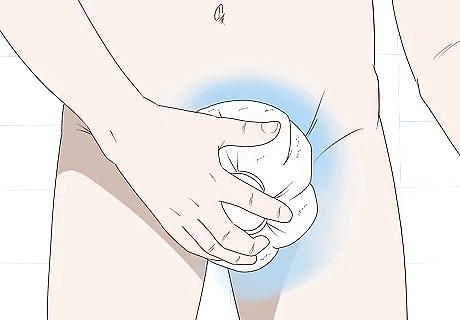
Apply ice to your scrotum to ease pain and discomfort. Wrap an ice pack in a cloth or paper towel and place it over your scrotum. Leave the ice pack in place for up to 10 minutes at a time and then remove it until your skin returns to its normal temperature, which takes about 1 to 2 hours. Repeat this as needed for the first 2 to 3 days of your recovery. Don’t leave the ice pack on for too long or apply the ice pack without a towel around it. Too much exposure to cold can cause frostbite and skin damage.Tip: If you don’t have an ice pack, a bag of frozen peas or corn also works well. Wrap a cloth or paper towel around it before you place it on your scrotum.

Take an over-the-counter pain reliever if needed for pain. To relieve the pain caused by epididymitis, take ibuprofen or acetaminophen. Follow the manufacturer’s instructions for use and don’t exceed the recommended dose. If an over-the-counter pain reliever does not help, contact your doctor for something stronger.
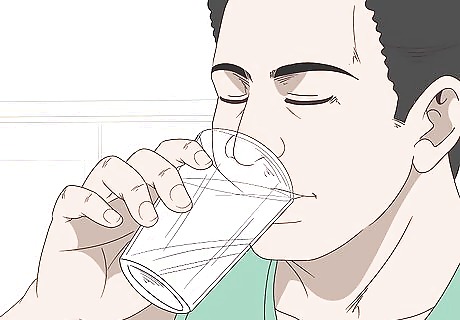
Stay well-hydrated by drinking water. Don’t cut back on your fluid intake even if urinating is painful. Drinking water and staying well-hydrated is good for your health in general. It may also help to promote faster healing and make you feel better. Try keeping a water bottle next to you at all times and sip it throughout the day.
Preventing Epididymytis

Avoid having sex until after your infection is cured. Epididymitis itself is not contagious, but the diseases that cause it are contagious. Be aware that if you have gonorrhea or chlamydia, you can pass it on to anyone you have sex with. This means that not only will they have a sexually transmitted infection, you will also be at risk of getting infected again the next time you have sex with that person. To protect yourself and others, it’s best to avoid intercourse or any skin-to-skin sexual contact until after your infection is completely gone. If you have tested positive for gonorrhea or chlamydia, tell your sexual partners to get tested as well.
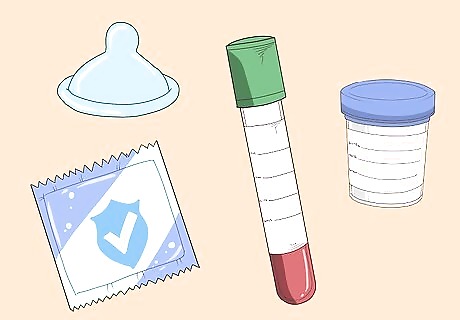
Practice safe sex and get tested regularly. When you do resume having sex after your infection is gone, practice safe sex by wearing a condom and going for regular checkups to ensure that you don’t have any STIs. Repeat episodes of epididymitis are common, but you can prevent them by practicing safe sex. Make sure that your partners get tested regularly, too.

Get up and move more often if you have a sedentary lifestyle. Sitting for long periods of time is a risk factor for epididymitis. If you have a job that requires you to spend long hours at a desk or if you’re generally sedentary, look for ways to get up and move around more often, such as once every hour throughout the day.Tip: Try setting a reminder on your phone to get up and walk around for 5 minutes once every hour.
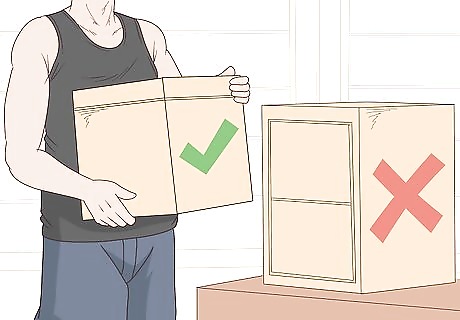
Don’t lift heavy objects or perform strenuous activities. Exerting yourself physically is another risk factor for epididymitis, so avoid activities that push you to your limits. Cut back on intense weight lifting sessions or ask for a less strenuous role at your place of work. For example, if you frequently lift heavy weights to build muscle, try switching to lighter weights or doing body weight exercises instead.




















Comments
0 comment